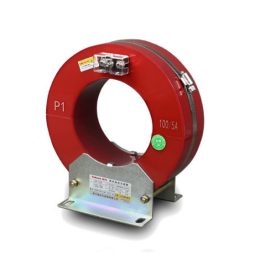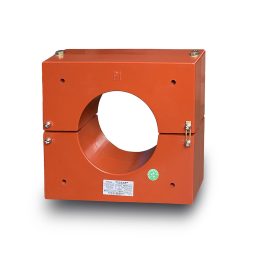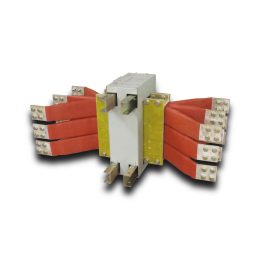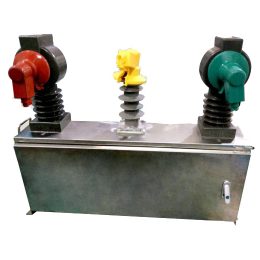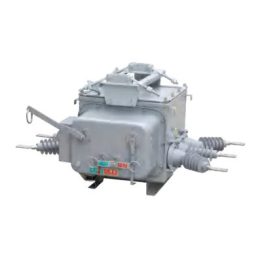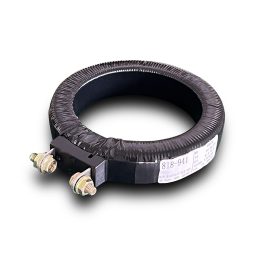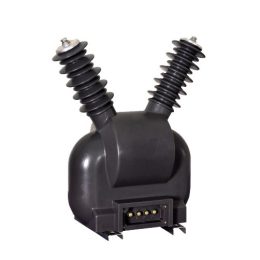Working Principle of Zero-Sequence Current Transformers
What is a Zero-Sequence Current Transformer?
Zero-sequence current transformers (ZCTs) are specialized devices used in electrical power systems to measure zero-sequence currents. These currents typically arise from system imbalances, such as faults in electrical equipment like transformers or motor windings. ZCTs play a vital role in detecting these imbalances, helping power systems identify faults, prevent equipment damage, and maintain reliable operation. This article provides an overview of the working principle, key features, and applications of zero-sequence current transformers.
How Zero-Sequence Currents are Generated
Zero-sequence currents are a result of electrical system imbalances. These imbalances can occur due to various faults, including:
- Ground Faults: For example, when part of the transformer or motor winding insulation fails and makes contact with the ground.
- Insulation Breakdown: In cases where the insulation of electrical components deteriorates, leakage currents can flow through the neutral point of the system, creating zero-sequence currents.
These faults create an uneven distribution of current that flows through the neutral point, resulting in zero-sequence currents that are crucial for fault detection. Monitoring and measuring these currents helps protect systems from further damage caused by undetected imbalances.
Working Principle of Zero-Sequence Current Transformers
The operation of a zero-sequence current transformer is based on electromagnetic induction. Here’s how it works:
- Primary Current Induction: Zero-sequence current transformers are typically placed around the neutral conductor or the combined conductors of the power system. When a zero-sequence current exists, it generates a magnetic flux within the core of the transformer. This flux is proportional to the current flowing through the system.
- Magnetic Induction and Secondary Winding: The primary magnetic flux induces a current in the secondary winding, which is designed to provide an output current proportional to the primary current. This secondary current is used for measurement or protection purposes.
- Signal Processing: The output current from the secondary winding is usually small and requires amplification and filtering. After processing, the signal is sent to monitoring equipment or protection relays. This enables accurate fault detection and quick system responses.
Key Features and Applications
Zero-sequence current transformers offer several advantages, making them indispensable in power system protection and monitoring:
Features:
- Compact Size: ZCTs are designed to be small and lightweight, making them easy to integrate into existing power systems without requiring significant modifications.
- High Accuracy: These transformers provide precise measurements of zero-sequence currents, even under challenging conditions.
- Fast Response Time: ZCTs are capable of quickly detecting faults, ensuring that protection systems can respond in real-time to prevent further damage.
Applications:
Zero-sequence current transformers are primarily used in the following applications:
- Fault Detection: ZCTs are widely used for identifying ground faults and other abnormal conditions in power systems. By measuring the zero-sequence current, ZCTs detect faults that may not be visible in the phase currents, ensuring that the system can take corrective actions.
- Protection Relays: ZCTs provide vital input to protection relays, which can then isolate faulty sections of the grid, preventing cascading failures and equipment damage.
- System Monitoring: These transformers also monitor the overall health and balance of the electrical system, ensuring that it operates efficiently and safely.
Installation and Calibration
Proper installation is crucial for ensuring accurate measurements with zero-sequence current transformers. ZCTs must be correctly positioned around the neutral conductor or the combined conductors of the system, as specified in industry standards. Additionally, regular calibration and testing of ZCTs are essential to maintain accuracy over time. Changes in the system, wear and tear, or environmental factors may affect the performance of ZCTs, so periodic checks are necessary to keep the system running smoothly.
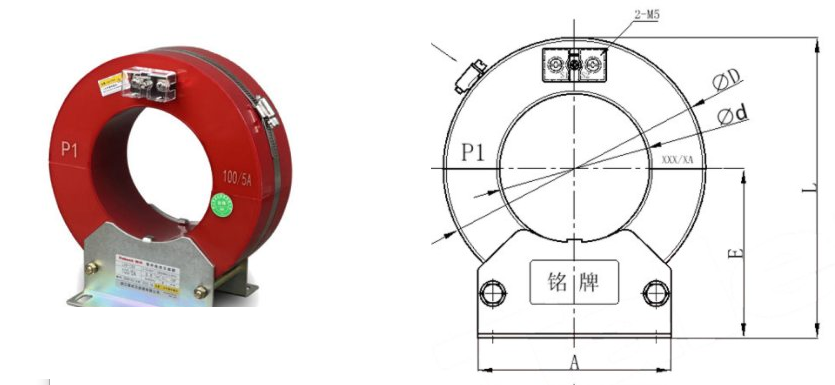
Conclusion
Zero-sequence current transformers are essential devices in modern power systems, helping to detect faults and maintain the safety and reliability of the system. By accurately measuring zero-sequence currents, ZCTs allow for early detection of imbalances and abnormal conditions, which in turn helps protect critical equipment from damage. Proper installation, regular calibration, and routine maintenance are essential to ensure these transformers continue to perform at their best, providing invaluable protection for the electrical grid. With these devices, power systems can operate more efficiently, safely, and reliably, preventing potential failures and improving overall system stability.
- Zero-Sequence Current Transformer Protection Principle and Applications
- Single-Phase Voltage Transformers Role, Function, and Importance in Power Systems
- Common Faults and Troubleshooting of Current Transformers Faults
- Causes of 35KV Current Transformer Damage
- Fault Handling Considerations for Current and Voltage Transformers
- 4 Common Causes of 10kV Three-Phase Five-Pole Voltage Transformer Failures and Solutions
